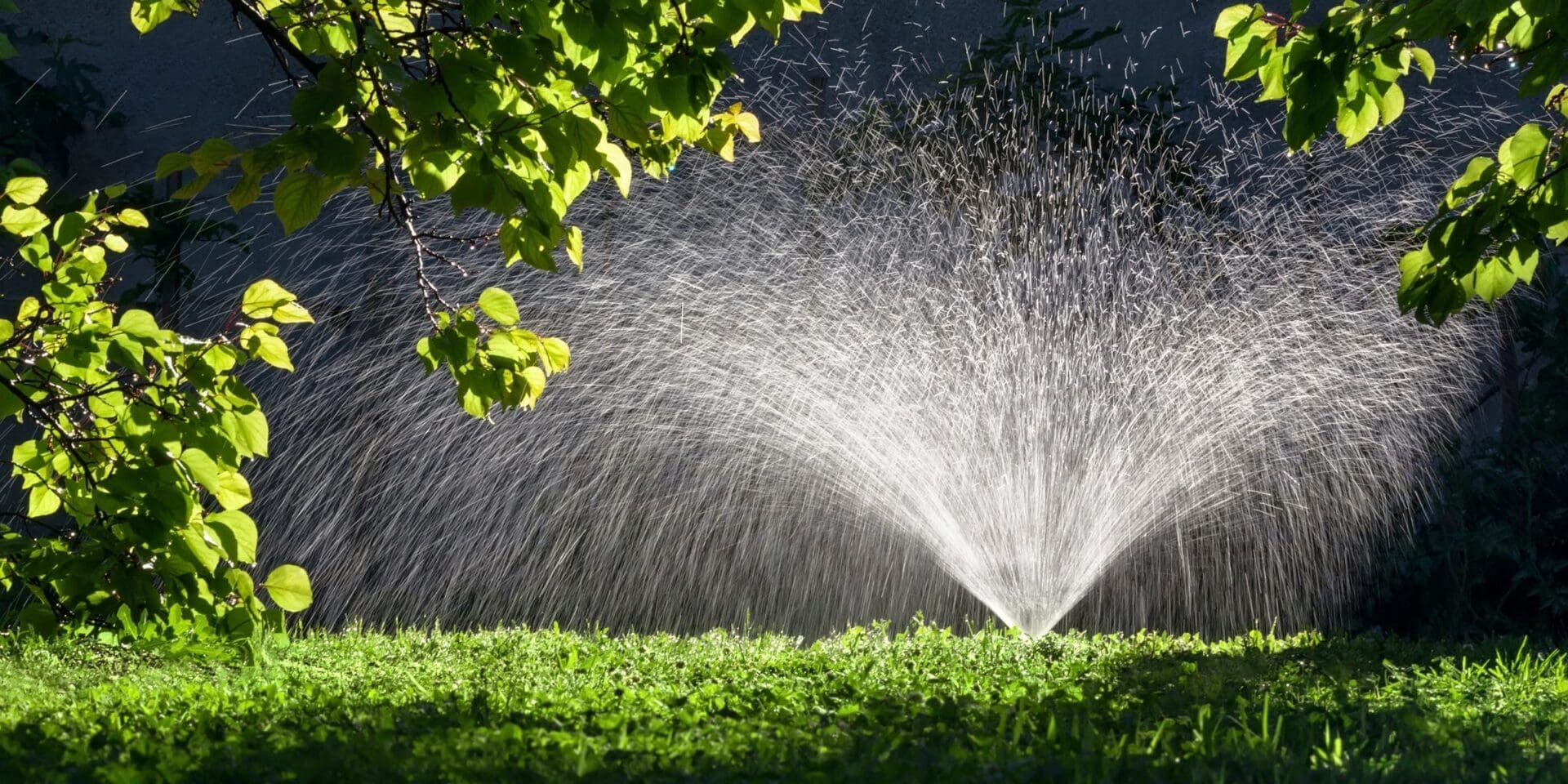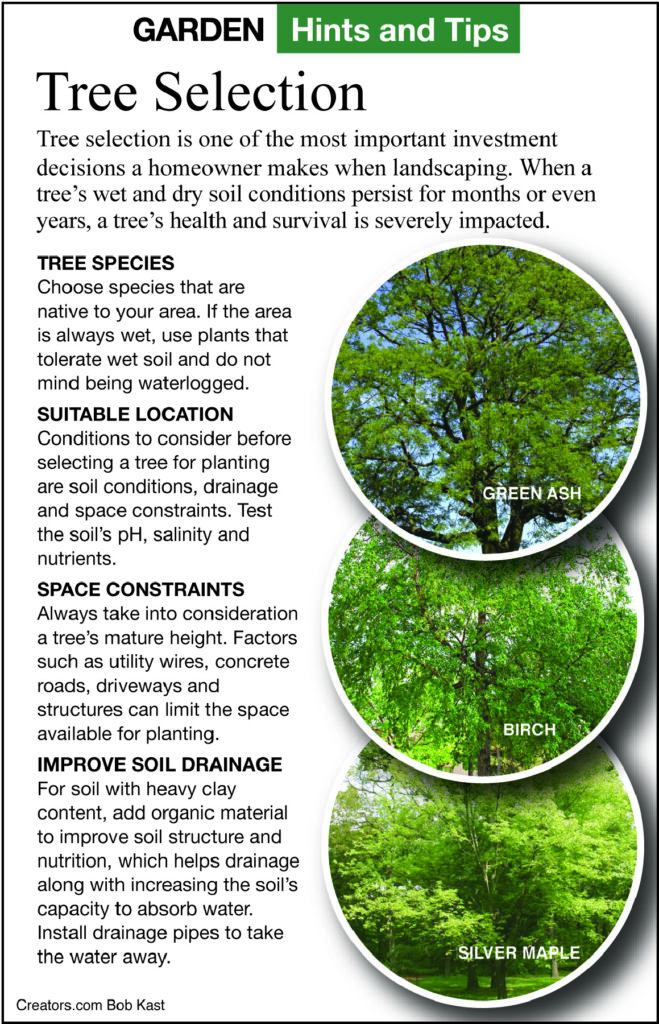Search Posts
Recent Posts
- Rhode Island Legislature Highlights Accomplishments for the 2025 Session June 25, 2025
- Sports in RI: Cody Tow, Volleyball Past, Present and Into His Future – John Cardullo June 25, 2025
- Need a Break? Time for Sour Grapes – Tim Jones June 25, 2025
- Rhode Island Weather Forecast for June 25, 2025 – Jack Donnelly June 25, 2025
- It is what it is: Commentary on 6.25.25 with Jen Brien June 25, 2025
Categories
Subscribe!
Thanks for subscribing! Please check your email for further instructions.

A Greener View: Trees for wet-then-dry soil – Jeff Rugg
By Jeff Rugg, contributing writer
Q: There is a surface storm drain in the back corner of our property. Water comes from several neighbors’ yards, so this area near the drain gets flooded and the soil is soggy. Later in summer, the same area will be dried out and cracked. A willow tree planted at the edge of the area only lasted 15 years.
What kind of trees will grow in this soil condition? Are any of them evergreens? For screening purposes, the tree needs to grow about 30 feet tall and 20 feet wide.
A: Let’s start with the willow first. They can live for 50 years, but if one lasted only 15 years it would not be a great surprise. They do get many kinds of diseases and even when they last a long time, they are dropping dead branches. You are better off without this tree; there are several better ones for this kind of location.
The flooded in spring and dry in summer soil condition is common to riverbanks and the high edges of the flood plain. If we look at trees native to this kind of condition, we can find some that are also good in landscapes.

In the large tree category, the silver maple is king of the riverbanks in much of the country. This tree is way overplanted in many towns, but this is the kind of place it belongs. The red maple is also a lowland tree that will tolerate the summer drying out. For the first few years, it will help to water it during the summer dry period. Other maples that will do fine here are the sugar, Norway and hedge maples. All the maples have many varieties available that grow to different sizes.
The birches are good in wet areas and will grow better if given extra water in the hot summer months, even after they are established.
Hackberry trees are long-lived trees. They send their branches out high like an elm and can reach 50 feet by 50 feet.
Green ash trees are probably the best of all the ashes for this kind of location. If you are in an area with emerald ash borers, don’t plant an ash.
Honeylocusts are overused in urban landscapes, so I would skip that one. Cottonwood and sycamore are great woodland trees for this kind of soil condition, but neither are very good in landscapes around houses as they are both very messy trees.
A nice ornamental tree that will eventually grow to 50 feet high and 30 feet wide is the alder. It is often hard to find in nurseries but has nice catkins and seedpods that give it winter interest.
One of my favorite small trees is the serviceberry. It blooms in the spring and in June will have loads of berries that are great on your cereal for breakfast. It has nice fall color as well. There are many varieties, and some get to be 20 feet tall.
Arborvitae are good evergreens for wet soils; they might need some help for the first few years to get established, but after that, they will grow well. There are many skinny varieties, but the original species grows to 50 feet high and 20 feet across.
The red chokeberry is a 10-foot-tall shrub that fills in nicely and has white flowers in the spring and red fruit in the fall. The black chokeberry has black fruit and tends to sucker more.
The viburnums are a diverse family of shrubs and small trees. The European and American cranberrybush species and the sargent viburnum will all grow 12 to 15 feet high and wide. The blackhaw viburnum can grow twice that and is often pruned to look like a tree. They all have spring flowers, fruit for birds and good fall color.
To read more columns on gardening by Jeff, go to: https://rinewstoday.com/?s=jeff+rugg

Email questions to Jeff Rugg at info@greenerview.com.
To find out more about Jeff Rugg and read features by other Creators Syndicate writers and cartoonists, visit the Creators Syndicate website at www.creators.com.
COPYRIGHT 2023 JEFF RUGG – DISTRIBUTED BY CREATORS
